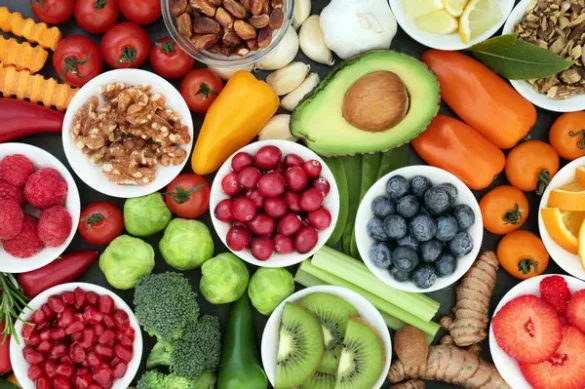A recent report by Food Banks Canada has drawn attention to the alarming increase in the number of Canadians facing difficulties in accessing food.
The inaugural Poverty Report Cards have been introduced with the aim of shedding light on the unique challenges experienced by each province and territory concerning poverty and food insecurity.
The report highlights the grim reality that poverty affects at least 2.8 million Canadians, with even more enduring food insecurity. Consequently, this dire situation has led to an unprecedented surge in visits to food banks across the nation, as stated in the report.
The report further emphasizes the urgent need for a coordinated effort from all levels of government to not only slow down but reverse the growth of poverty in Canada. The ultimate goal is to ensure that no one is compelled to turn to a food bank to make ends meet.
Quebec leads the way with a grade of B-, while Nova Scotia lags behind all other provinces with an F.
Alberta, on the other hand, received a grade of D, which is slightly below the national average of D+.
According to the report, Alberta witnessed a staggering 73% increase in demand at food banks throughout the province from 2019 to 2022. This rate is more than double the national average for the same period.
The report also reveals that nearly half of all Albertans feel financially worse off today than they did just one year ago.
While acknowledging various recent government initiatives aimed at reducing poverty and assisting low-income individuals in Alberta, the report also presents policy recommendations to address poverty and food insecurity more comprehensively within the province.
Some of these recommendations include the implementation of a provincial poverty reduction strategy, expansion of the temporary rent assistance benefit, allocating 0.5% of the provincial budget annually to the construction of affordable rental housing, and raising the minimum wage to $17 per hour while indexing it to inflation.
The Calgary Food Bank, which typically distributes approximately 500 emergency hampers daily during peak months, has noted a substantial increase in recent demand. Currently, they are providing around 700 hampers daily.
Betty Jo Kaiser, a spokesperson for the Calgary Food Bank, remarked, “We’re continuing to see approximately 30% year-over-year increases in demand for our emergency food hamper program. That’s a big number. It’s huge.”
On a national scale, the report underscores that roughly 43% of Canadians feel financially worse off today compared to 2022, while 22% express their inability to cover an unexpected expense of $500 or more.

